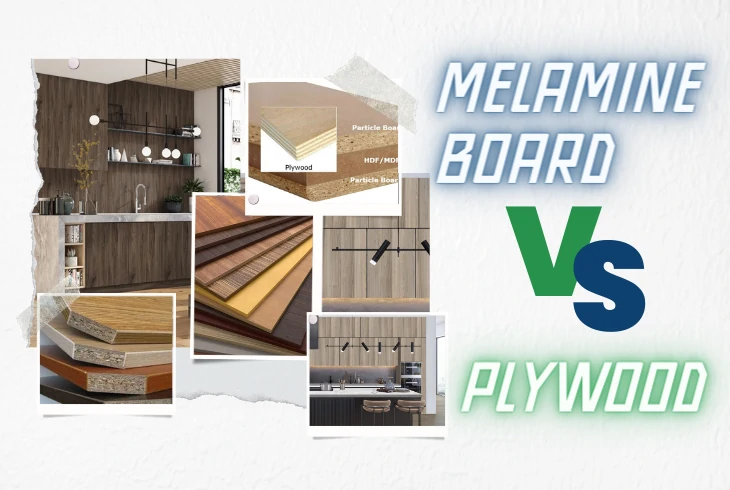Aluminum casting is a widely utilized manufacturing method that offers exceptional versatility, producing high-quality castings with various shapes and properties. This article will delve into the intricacies of casting aluminum, discussing different casting processes, alloys, materials, and the benefits they offer. Whether it's sand casting, die casting, investment casting, or other techniques, this guide aims to provide valuable insights into the world of aluminum casting.
The Fundamentals of Aluminum Casting: Understanding the Casting Process:
Casting Methods: a. Sand Casting: Sand casting is one of the oldest and most widely used casting methods. It involves creating a mold from a mixture of sand and a binder material, which is then packed around a pattern or removed to create a cavity. Molten aluminum is poured into the mold, and once it cools and solidifies, the sand mold is broken away to reveal the finished casting.b. Die Casting: Die casting is a high-pressure casting method used for producing intricate and dimensionally accurate aluminum components. In this process, reusable steel molds, called dies, are used to create the desired shape. Molten aluminum is injected into the die under high pressure, ensuring that it fills the mold completely. The aluminum solidifies rapidly, and the die is opened to remove the casting.c. Investment Casting: Also known as lost-wax casting, investment casting is a precise casting method suitable for complex and detailed aluminum components. It starts with the creation of a wax pattern, which is then coated with a ceramic material to form a mold. The wax is melted out, leaving a cavity, and molten aluminum is poured into the mold. After solidification, the ceramic mold is broken away, revealing the final casting.
Aluminum Alloys for Casting: Aluminum alloys used for casting are typically a combination of aluminum and other elements, such as copper, silicon, magnesium, or zinc. These alloying elements enhance specific properties of the aluminum, such as strength, hardness, corrosion resistance, and thermal conductivity. The selection of the appropriate alloy depends on the intended application and desired characteristics of the casting.
Melting and Pouring: To cast aluminum, the metal needs to be melted in a furnace. The furnace is heated to temperatures above the melting point of aluminum (around 660°C or 1220°F), and the aluminum alloy is introduced into the furnace, either as primary aluminum or as recycled aluminum scrap. Once the aluminum reaches its molten state, it is ready for pouring.The molten aluminum is poured into the mold cavity using various methods, such as gravity pouring, tilt pouring, or pressure casting. The pouring technique depends on the casting method, the complexity of the component, and the desired quality of the casting.
Solidification and Cooling: After pouring, the molten aluminum begins to solidify and cool inside the mold. The cooling rate and solidification process are critical factors that affect the final properties of the casting. It is essential to control the cooling process to prevent defects such as shrinkage, porosity, or cracking. Cooling can be accelerated by using cooling media or controlled cooling processes to ensure proper solidification and desired mechanical properties.
Finishing and Post-Casting Operations: Once the casting has solidified and cooled, it undergoes various post-casting operations to achieve the desired shape, surface finish, and dimensional accuracy. These operations may include trimming, grinding, machining, polishing, heat treatment, surface coating, or other surface treatments to meet the specific requirements of the final component.
Aluminum Alloys for Casting:
- Alloy 356: This is one of the most commonly used aluminum-silicon alloys for casting. It offers good fluidity during casting, excellent castability, and good mechanical properties. Alloy 356 is known for its high strength, corrosion resistance, and good machinability, making it suitable for a wide range of applications.
- Alloy 413: This alloy contains higher silicon content than 356 or A356, offering improved fluidity during casting. Alloy 413 is often used for intricate castings with thin sections and complex shapes.
- Alloy 201: This alloy contains copper as the primary alloying element, providing high strength and good corrosion resistance. It is commonly used in marine applications and components that require good mechanical properties.
- Alloy 206: Similar to Alloy 201, 206 offers improved casting properties and better fluidity. It is commonly used in automotive applications, such as engine components and transmission housings.
- Alloy 535: This alloy combines aluminum with magnesium, offering good strength and excellent corrosion resistance. It is commonly used for components in the aerospace industry and applications requiring high strength-to-weight ratio.
- Alloy 518: With a higher magnesium content, Alloy 518 provides improved mechanical properties, including higher strength and better heat resistance. It is suitable for applications requiring increased strength and thermal stability.
Corrosion Resistance:
Corrosion resistance is a critical characteristic of aluminum alloys used for casting, especially in applications where the components are exposed to harsh environments or corrosive substances. The corrosion resistance of aluminum alloys can be attributed to several factors, including the alloy composition, the presence of protective oxide layers, and surface treatments.
Versatility and Customization
- Discussing how aluminum casting allows for the creation of complex shapes and custom components.
- Exploring the flexibility of aluminum casting for producing prototypes, one-off pieces, and high-volume production.
Casting Processes and Techniques:
Sand Casting:
- Detailing the sand casting process, including mold preparation, pouring, and cooling.
- Discussing the advantages of sand casting for larger and non-precise components.
Die Casting:
- Exploring the intricacies of die casting, focusing on the high-speed production of precise aluminum components.
- Highlighting the use of steel molds and the significance of high pressure in the die casting process.
Investment Casting:
- Discussing the precision and fine detail achievable through investment casting.
- Exploring the use of wax patterns, ceramic molds, and the investment casting process for complex aluminum components.
Quality and Precision in Aluminum Casting:
Machining and Finishing:
- Detailing the post-casting processes such as machining, polishing, and surface treatments.
- Highlighting the importance of precision machining to achieve the desired final product.
Material Selection and Heat Treatment:
- Discussing the impact of material selection and heat treatment on the final properties of aluminum castings.
- Exploring the different heat treatment methods used to enhance the strength and durability of cast aluminum components.
Advancements in Aluminum Casting:
New Techniques and Materials:
- Discussing emerging technologies and materials in aluminum casting, such as foam casting and zirconium-based alloys.
- Highlighting their potential benefits and applications.
Sustainable Practices and Recycling:
- Exploring the importance of sustainable practices in aluminum casting, including the utilization of recycled aluminum and scrap.
- Discussing the environmental advantages of recycling and the economic benefits it offers.
Conclusion: Aluminum casting has become an integral part of modern manufacturing, offering exceptional versatility, lightweight properties, and high-quality components. By understanding the different casting processes, alloy selection, and the advantages they offer, manufacturers can harness the full potential of aluminum casting to meet










